Bhambavli Vajrai Waterfall: India’s Highest Cascade | Travel Guide, History & Tips
“Ready to witness nature’s grandeur? Pack your bags and embark on an unforgettable journey to Bhambavli Vajrai Waterfall—where adventure meets serenity!”
In the Heart of Maharashtra, a 560-Meter Symphony of Water and Wilderness Awaits!
🔴 Introduction: Bhambavli Vajrai Waterfall – Where Nature’s Majesty Meets Timeless Serenity
➤ The Grandeur of India’s Tallest Waterfall
Nestled in the lush embrace of Maharashtra’s Sahyadri ranges, the Bhambavli Vajrai Waterfall isn’t just a sight to behold—it’s an experience that redefines awe. Plummeting from a staggering height of 560 meters (1,840 feet), this three-tiered cascade is India’s tallest waterfall, dwarfing even Karnataka’s Jog Falls.
Born from the Urmodi River, Vajrai’s thunderous roar echoes through the Satara district, weaving mist-kissed valleys and emerald forests into a landscape that feels plucked from a fantasy. But Vajrai isn’t merely about height; it’s a sanctuary where time slows, and the chaos of urban life fades into the rhythm of cascading water. Whether you’re a trekker chasing adrenaline, a photographer framing perfection, or a soul-seeker craving solitude, Vajrai’s raw, untamed beauty promises to leave you spellbound.
➤ A Geological and Historical Marvel
Vajrai’s story begins millions of years ago, sculpted by volcanic eruptions that forged its basalt rock tiers. Ancient locals believed the falls were a divine gift—a legend claims the sage Vajra meditated here, blessing the cascade with eternal flow. During the Maratha Empire, warriors sought refuge in its misty embrace, while British explorers later documented its “unrivaled magnificence” in 19th-century journals.
Today, the waterfall stands as a protected natural wonder, its history etched into every crevice. The nearby village of Bhambavli, with its terracotta-tiled homes and warm-hearted locals, adds a cultural heartbeat to this natural marvel, preserving traditions like the annual Vajrai Utsav, a monsoon festival celebrating the falls’ life-giving waters.
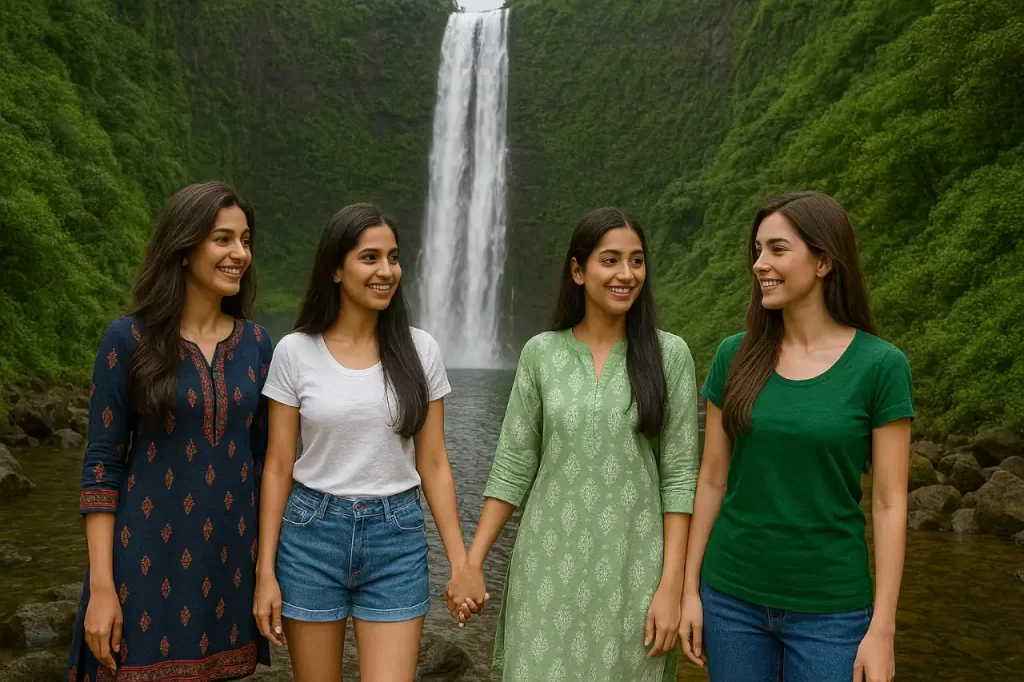
➤ A Paradise for Nature Lovers and Adventurers
The journey to Vajrai is as enchanting as the destination. A 3-km trek from Bhambavli village winds through meadows speckled with wildflowers, past ancient banyan trees, and alongside the Urmodi’s gentle murmurs. As you ascend, the roar of the falls grows louder, culminating in a vista where water arcs like liquid silver against the sky.
Adventure thrives here: rappel down rocky outcrops, spot rare birds like the Malabar Whistling Thrush, or meditate by the plunge pools where rainbows dance in the spray. For families, the base camp offers picnic spots shaded by tamarind trees, while couples find romance in secluded viewpoints where the world feels theirs alone.
➤ Beyond the Falls – Satara’s Hidden Treasures
Vajrai is the crown jewel of a region brimming with wonders. Just 6 km away lies the Kaas Plateau, a UNESCO World Heritage Site dubbed “Maharashtra’s Valley of Flowers”. From August to September, this volcanic plateau transforms into a kaleidoscope of 850+ flower species, including the elusive Karvi that blooms once every seven years.
History buffs can explore Sajjangad Fort, a 40-km drive where Shivaji Maharaj’s legacy lingers in stone ramparts and ancient cannons. Prefer solitude? Thoseghar Waterfall, 60 km east, offers quieter cascades framed by dense forests. Each site weaves into Vajrai’s narrative, creating a tapestry of nature, culture, and adventure.
➤ Seasonal Magic and Practical Wanderlust
Timing is key to unlocking Vajrai’s full splendour. The monsoon (July–September) drapes the falls in roaring vigor, but slippery trails demand caution. For safer explorations and golden-hour photography, visit post-monsoon (October–November), when the landscape glows in hues of jade and amber. Winter (December–February) invites campers to stargaze under crisp skies, while summer unveils hidden rock pools.
Reaching Vajrai is effortless: a 3-hour drive from Pune, 5.5 hours from Mumbai, or a scenic train ride to Satara followed by a short cab journey. Local home-stays, like the rustic Vajrai Farmstay, offer warm hospitality and farm-to-table Maharashtrian meals, ensuring your escape is as comfortable as it is thrilling.
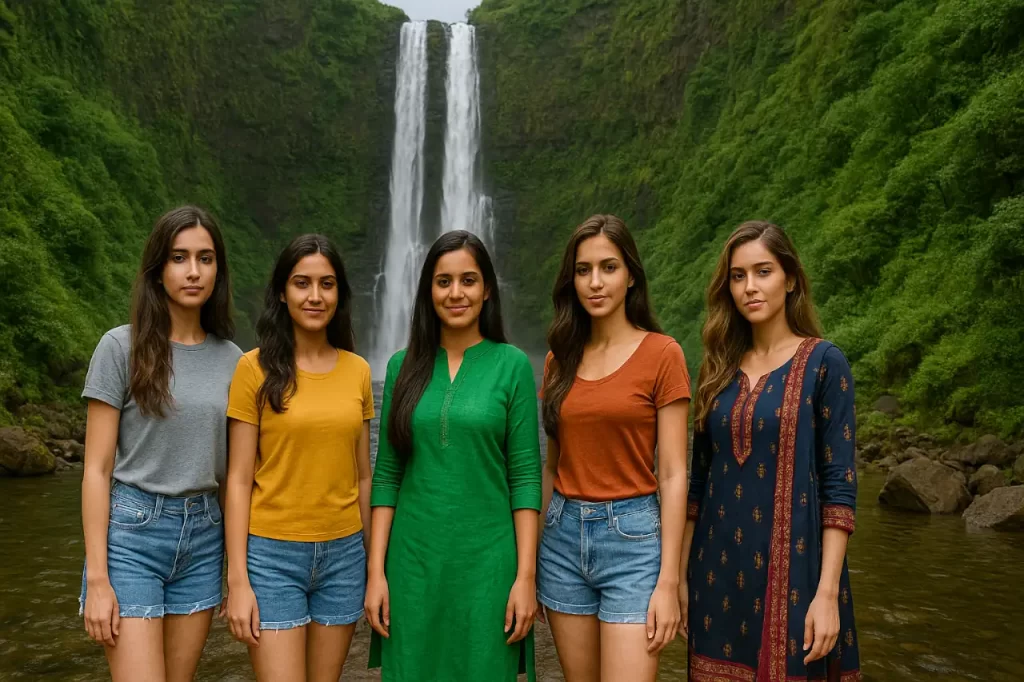
➤ A Call to the Curious – Why Vajrai Demands a Visit
In a world of crowded tourist trails, Bhambavli Vajrai Waterfall remains a whispered secret—a place where nature’s artistry is untouched by commercialisation. It’s not just a destination; it’s a pilgrimage for those who crave authenticity. Here, the air smells of petrichor, the forests hum with cicadas, and the waterfall’s mist carries stories of empires and sages.
Whether you’re tracing the footsteps of Maratha warriors, capturing the Milky Way over the Sahyadris, or simply sitting in silence as the cascade sings its eternal song, Vajrai offers a rare gift: the chance to rediscover wonder. Pack your bags, lace your boots, and let India’s tallest waterfall remind you why the earth’s wild places are worth cherishing.
➤ The Call of Cascading Serenity
Imagine standing at the edge of a roaring cascade, where mist kisses your face and the symphony of water drowns out the chaos of city life. Nestled in Maharashtra’s Satara district, the Bhambavli Vajrai Waterfall is more than just a natural wonder—it’s a sanctuary for wanderers, thrill-seekers, and history buffs alike. As India’s tallest waterfall (560 meters), it dwarfs even the iconic Jog Falls, offering a three-tiered spectacle that captivates every visitor.
This guide is your ultimate companion to exploring Vajrai. From its ancient origins and geological marvels to trekking trails and local culture, we’ll dive deep into every facet of this hidden gem. Whether you’re planning a weekend getaway or a solo adventure, here’s everything you need to know!
Also Read
🟢 Section Breakdown:
👉 History & Architecture
👉 Travel Essentials (Distance from Major Cities, How to Reach, Best Time to Visit)
👉 Things to Do & Nearby Attractions
👉 Cultural Deep Dive (Local Lifestyle, Festivals, Cuisine)
👉 Travel Tips & FAQs
“Where the Sky Kisses the Earth: Bhambavli Vajrai, India’s Crown Jewel of Waterfalls”
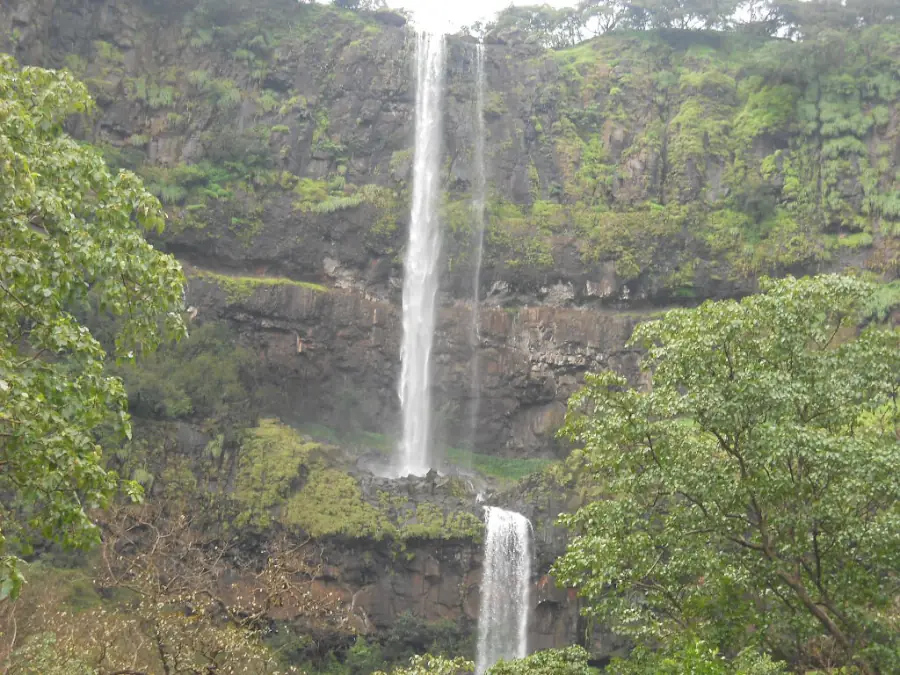
🟣 Detailed Section Breakdown:
🔘 History & Architecture: The Legacy of a Natural Marvel
➨ Historical Timeline
✦ Ancient Roots: Local legends trace Vajrai’s significance to the Maratha Empire, where it served as a monsoon retreat for warriors. Folklore speaks of sage Vajra meditating here, lending the falls its name.
✦ Colonial Era: British explorers documented the waterfall in the 19th century, marvelling at its perennial flow.
✦ Modern Recognition: Declared a protected site in 2015, Vajrai now draws 50,000+ annual visitors.
➨ Architectural & Geological Splendor
✦ Three-Tiered Design: The falls cascade over basalt rock formations shaped by volcanic activity 66 million years ago.
✦ Urmodi River: Originating in the Sahyadris, this river fuels Vajrai’s thunderous flow, creating plunge pools perfect for photography.
✦ Ecosystem: Home to endemic species like the Malabar Whistling Thrush and rare orchids.
➨ Local Interview:
“My grandfather said the falls were a sacred site for tribal communities. Even today, we celebrate ‘Vajrai Utsav’ every monsoon”, shares Ramesh Patil, a Satara-based historian.
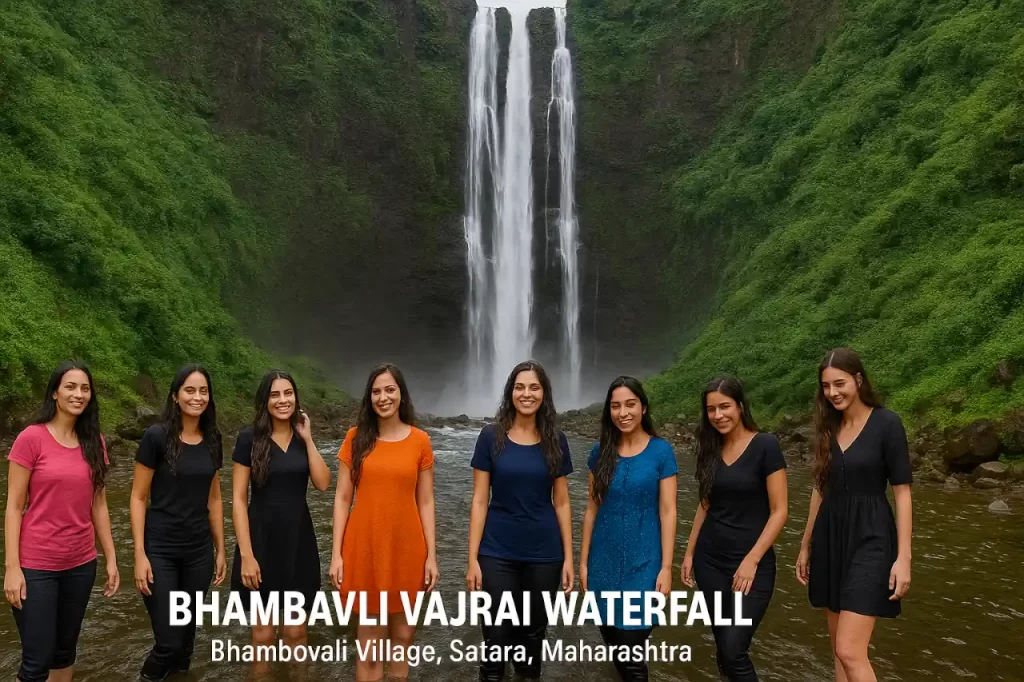
🔘 Travel Essentials
➨ Distance from Major Cities
⦿ Mumbai: 250 km (5.5 hours via NH48)
⦿ Pune: 110 km (3 hours)
⦿ Bangalore: 850 km (14 hours)
⦿ Hyderabad: 560 km (10 hours)
➨ How to Reach
⦿ By Air: Nearest airport is Pune (4-hour drive).
⦿ By Train: Satara Railway Station (25 km away).
⦿ By Road: Well-connected via Mumbai-Bangalore Highway.
➨ Best Time to Visit
⦿ Monsoon (July–September): For raging cascades.
⦿ Post-Monsoon (October–November): Lush greenery and safer trails.
🔘 Things to Do & Nearby Attractions
➨ Adventure Awaits!
⦿ Trekking: A 3-km trail from Bhambavli village offers panoramic views.
⦿ Birdwatching: Spot migratory birds like the Rufous Treepie.
⦿ Picnics: The base camp has shaded areas perfect for families.
➨ Nearby Gems
⦿ Kaas Plateau (6 km): A UNESCO World Heritage Site dubbed “Maharashtra’s Valley of Flowers”.
⦿ Sajjangad Fort (40 km): A historic fort with ties to Shivaji Maharaj.
⦿ Thoseghar Waterfalls (60 km): A quieter cascade for solitude seekers.

🔘 Cultural Deep Dive
➨ Local Lifestyle & Economy
⦿ Talukas: Satara, Patan, Jawali.
⦿ Demographics: 80% Marathi-speaking; agrarian economy with sugarcane as a key crop.
⦿ Handicrafts: Kolhapuri sandals and Warli paintings.
➨ Culinary Delights
⦿ Must-Try Dishes: Puran Poli (sweet flatbread), Zunka Bhakri (gram flour curry).
⦿ Local Markets: Satara’s Main Market Street for spices and handlooms.
🔘 Travel Tips & FAQs
➨ Climatic Conditions
⦿ Monsoon: Heavy rains (2000 mm annually); slippery trails.
⦿ Winter: Cool (15–25°C); ideal for camping.
🟠 FAQs
Is swimming allowed?
No, swimming is not allowed due to strong currents.
Is there any Entry fee?
No the entry is Free, but guides charge ₹200–500.
“Ready to answer the call of the cascade? Share your Vajrai adventures with #DiscoverVajrai and inspire others to explore Maharashtra’s best-kept secret!”
🟤 Conclusion: Answer Nature’s Call
Bhambavli Vajrai Waterfall isn’t just a destination—it’s an experience that lingers in your soul. Whether you’re chasing adventure, history, or peace, this cascade delivers it all. So, lace up your boots, grab your camera, and let Vajrai’s magic unfold!
Sources:
⦿ Vajrai Waterfall – Wikipedia
Image Credit
⦿ Wikipedia – Vajrai Water fall, Bhambovali Village, Satara City
For more information, you can visit our website: ExploreXP
“Share this guide with fellow travellers and tag us in your Vajrai adventures! 🌊✨ #DiscoverVajrai”
Latest Posts
- Bibi Ka Maqbara Aurangabad – Entry Fee, Timings, History, Built by, Images, Location & more
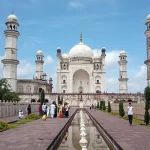
- Bhusawal – Maharashtra’s Hidden Gem of Culture and Commerce
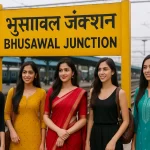
- Bharat Mata Temple, Daulatabad Fort – A Journey Through History & Spirituality
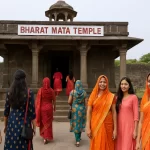
- Bhambavli Vajrai Waterfall, Satara, Maharashtra: India’s Natural Wonder

- Bhadra Maruti Temple Khuldabad, Chhatrapati Sambhaji Nagar (Aurangabad) – Divine History and Travel Guide
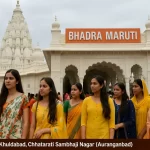
- Begusarai – Industrial Hub of Mithila Heritage

